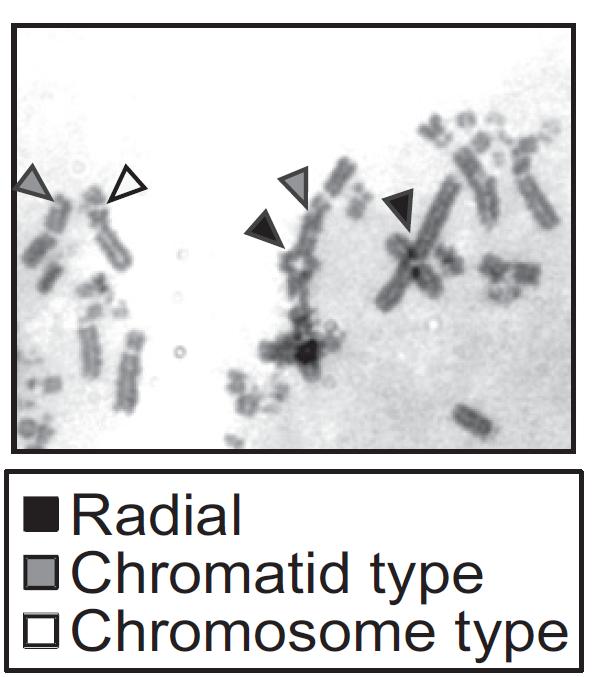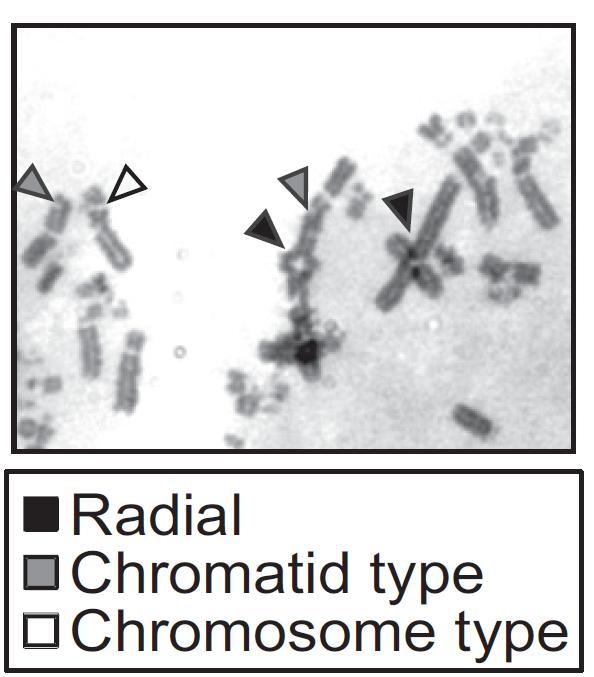
Credit: Takuya Abe
Researchers from Tokyo Metropolitan University and the FIRC Institute of Molecular Oncology (IFOM) in Italy have uncovered a previously unknown function of the DDX11 helicase enzyme. Mutations in the gene which codes for DDX11 are known to be implicated in Warsaw Breakage Syndrome. They showed that DDX11 plays an important role in DNA repair, and functions as a backup to the Fanconi Anemia (FA) pathway, whose malfunction is associated with another life-debilitating condition.
DNA plays a central role in the biological function of the cell, but it is constantly being damaged, both spontaneously and through environmental factors. Failure to successfully repair these lesions can lead to malignant tumors or cancer. Understanding how it is repaired is of the utmost importance; in fact, pioneering work on the subject was recognized with the 2015 Nobel Prize for Chemistry.
Warsaw Breakage Syndrome (WABS) is a genetic disorder; afflicted individuals suffer from mild to severe intellectual disability and growth impairment amongst other potential abnormalities. It was known that mutations in the DDX11 gene in Chromosome 12 in the human genome and the enzyme it codes for, the DDX11 helicase, were responsible for the onset of WABS, yet the mechanism by which DDX11 acted remained unclear. Thus, a collaboration led by Dr. Dana Branzei of IFOM, Italy and Prof. Kouji Hirota of Tokyo Metropolitan University set out to investigate the role played by DDX11 using avian cells, particularly noting similarities in the cells of WABS patients to those of Fanconi Anemia (FA).
What they found was that DDX11 played a vital role in DNA repair, acting together with the 9-1-1 checkpoint complex protein, which, as the name suggests, checks the integrity of DNA strands after replication. In doing so, DDX11 is critical in the repair of a wide-range of bulky lesions and also serves as a backup to the so-called FA pathway, specialized in the repair of interstrand crosslinks (ICLs), a harmful type of lesion that can lead to cell death and developmental problems. This finding explains the apparent similarity between WABS and FA cells exposed to ICLs, which caused WABS to be classified as a FA-like disorder. The researchers also discovered that DDX11 is involved in immunoglobulin-variable gene diversification, a key mechanism in the healthy function and adaptability of a healthy immune system. As immunoglobulin-variable gene diversification is induced by abasic sites, the most common endogenous lesion in mammalian cells, one implication is that DDX11 and 9-1-1 promote DNA damage tolerance of abasic sites, a finding that potentially explains the essential role of DDX11 and its similarity with 9-1-1 during development.
Besides shedding light on the mechanism underlying WABS, the study advances our understanding of the biological mechanisms behind genomic stability and how disorders arise at the cellular level. These results have profound medical significance for several conditions, including cancer and developmental disorders associated with DNA repair deficiency.
###
This work was supported by the Fondazione Telethon Grant (GGP12160), the Italian Association for Cancer Research Grants (IG 14171 and IG 18976), the European Research Council (starting Grant 242928 and consolidator Grant 682190), a Japanese Society for Promotion of Science KAKENHI Grant (JP 16H02957) and an internal grant from Tokyo Metropolitan University for visiting graduate students.
Media Contact
Go Totsukawa
[email protected]
81-426-772-759
@TMU_PR
http://www.ic.tmu.ac.jp/english/index.html
Related Journal Article
http://dx.doi.org/10.1073/pnas.1803110115





